
EDITOR’S NOTE: This article is cross-posted from Spacing Atlantic.![]()
So, why density? Residential density, the number of people living in a given area, is one of the most important characteristics of urban areas. High densities create vibrant streets, support main street commercial areas, and encourage walking, biking and transit use. But how dense should our neighbourhoods be? What types of buildings create high densities? What do high density neighbourhoods look like?
Hopefully this series encourages people to look around their neighbourhood and ask: how does density affect the quality of my neighbourhood?
Without further ado …
North End, Halifax, Nova Scotia
Bordering both the Commons and the Citadel, the North End is one of Halifax’s oldest neighbourhoods. Many residential buildings date from the 1860s and 1870s, and a handful from the early 1800s. The older homes are mostly two storey rowhouses, or single family homes on very small lots. The older sections of the neighbourhood stand in contrast to newer development: high and low rise apartment buildings built since the 1960s. Newer developments disrupted the area’s traditional built form by creating large setbacks, lots of green space and big surface parking lots. An abundance of empty lots and big urban renewal projects didn’t help the neighbourhood either, although the North End is now reviving. New developments are under construction, new businesses are opening on Gottingen and Agricola Steets, and the neighbourhood is Halifax’s artistic and musical hub.
Population Density: 5,888 people/km2
Dwelling Density: 36 units/ hectare
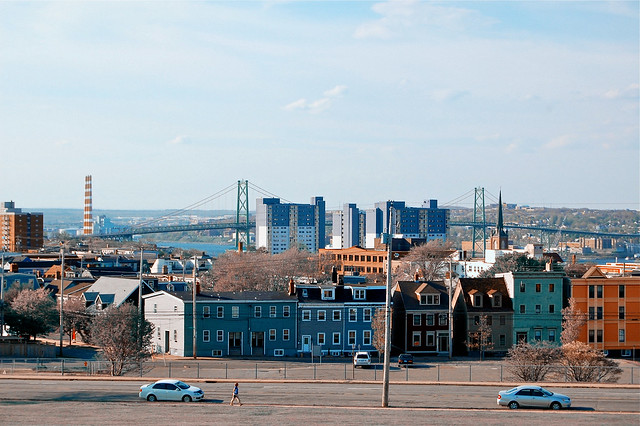

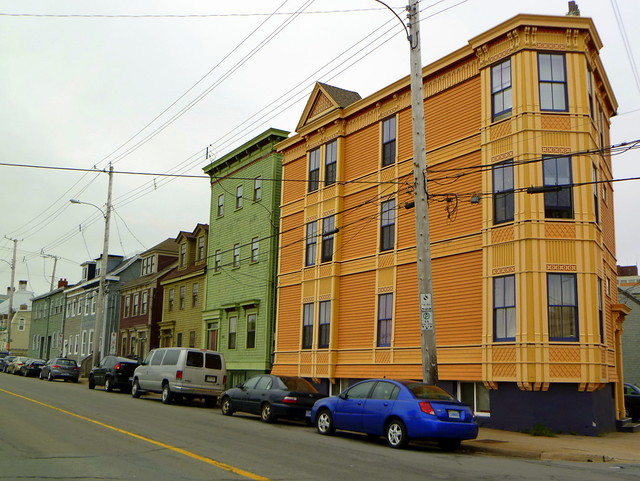
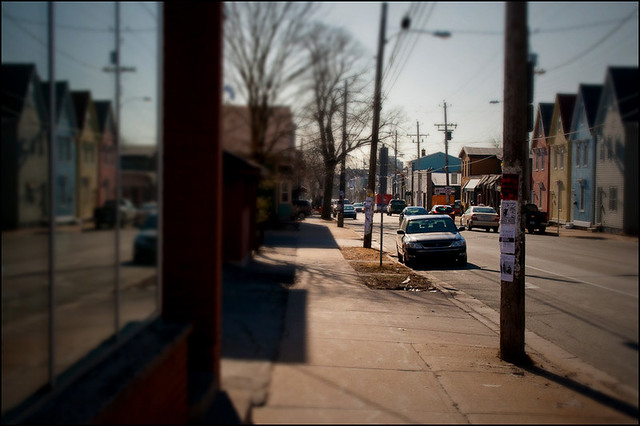

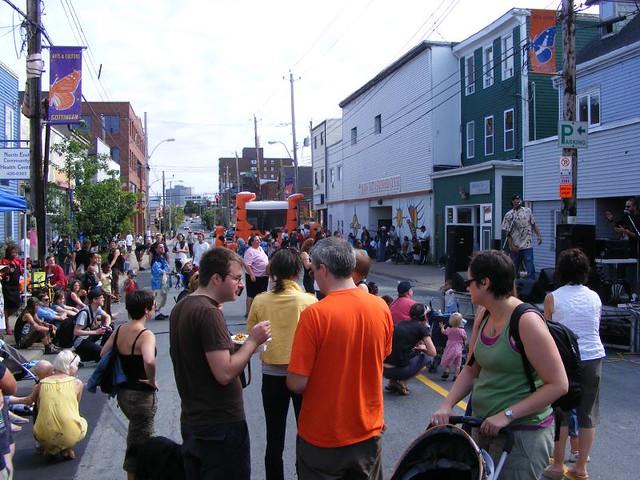



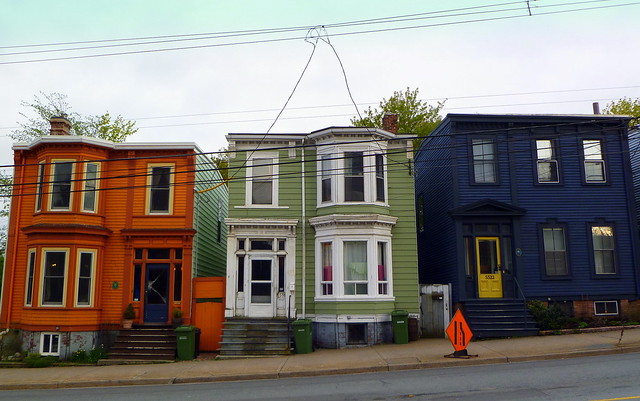
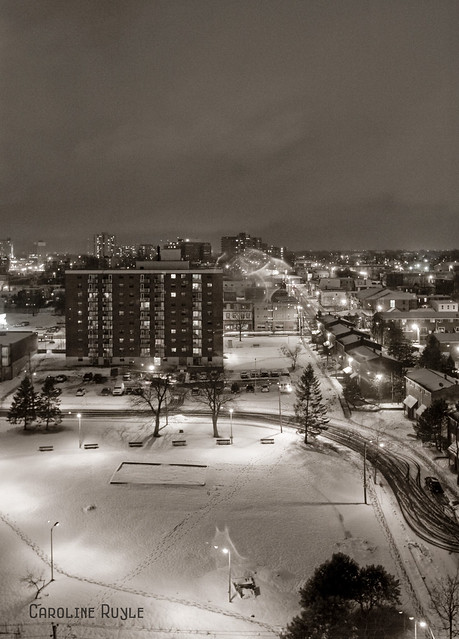

Photos by w-m-d, nsca, Bastard Fish, SANCHEZ C, dawnorama, EPDave, NOVA SCOTIA FLYING FISH, carolineruyle and BGrantPaul.


One comment
There’s a remote chance that I’ll be moving from Ottawa to Halifax in the next two months. I really appreciate the cross-post 🙂